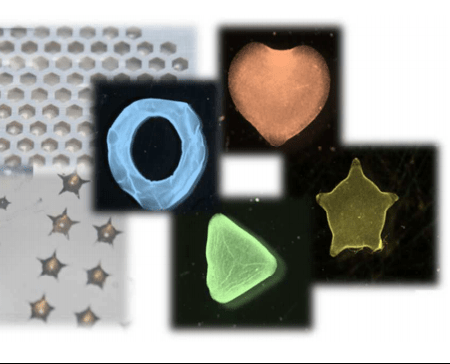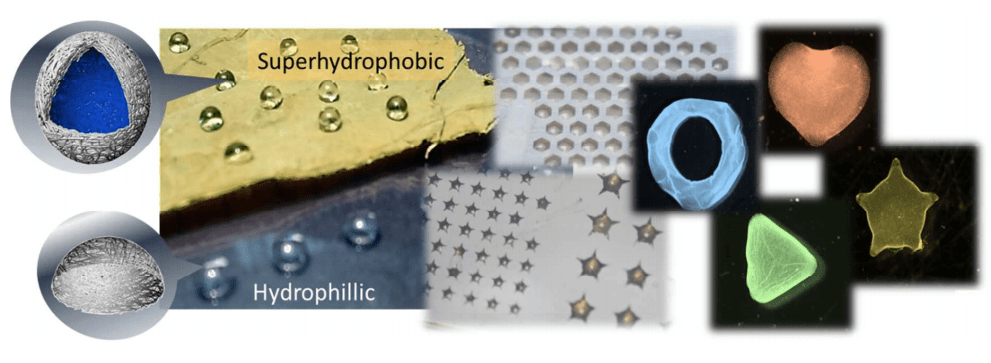
Hot of the press! New article about Bacterial Cellulose

Congratulations to the authors: Anna Laromaine, Tina Tronser, Ivana Pini, Sebastià Parets, Pavel A. Levkin and Anna Roig for their new publication on Soft Matter. The paper entitled “Free-standing three-dimensional hollow bacterial cellulose structures with controlled geometry via patterned superhydrophobic–hydrophilic surfaces” was published on the 17th of April 2018.
Abstract
Bacteria can produce cellulose, one of the most abundant biopolymer on earth, and it emerges as an interesting candidate to fabricate advanced materials. Cellulose produced by Komagataeibacter Xylinus a bacterial strain, is a pure water insoluble biopolymer, without hemicelluloses or lignin. Bacterial cellulose (BC) exhibits a nanofibrous porous network microstructure with high strength, low density and high biocompatibility and it has been proposed as a cell scaffold and wound healing material. The formation of three dimensional (3D) cellulose self-standing structures is not simple. It either involves complex multi-step synthetic procedures or uses chemical methods to dissolve the cellulose and remold it. Here we present an in situ single-step method to produce self-standing 3D-BC structures with controllable wall thickness, size and geometry in a reproducible manner. Parameters such as hydrophobicity of the surfaces, volume of the inoculum and time of culture define the resulting 3D-BC structures. Hollow spheres and convex domes can be easily obtained by changing the surface wettability where the BC grows. The potential of these structures as a 3D cell scaffold is exemplified supporting the growth of mouse embryonic stem cells within a hollow spherical BC structure, indicating its biocompatibility and future prospective.
bacterial cellulose, new publication, published paper, soft matter

